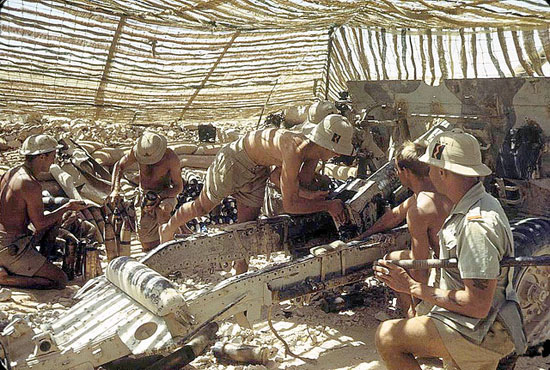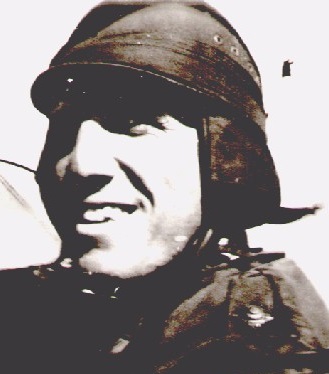 Figure 1. August 1918. The earliest close-up image found of the ‘Cork Aviation Helmet’, taken at the Royal Flying Corps/Royal Air Force, Flying School, Ismailia, Egypt, worn by Second Lieutenant Spaulding. This is the RFC 1917 Pattern, ‘Helmet, Cork Aviation’, externally the main shell is near identical to later versions, with puggaree, four side vents and a typical ‘sun helmet’ ventilation gap between the headband and shell. The outer covering at this time was made-up of four segments of cloth, a front and side seam can just be made out. A large rear brim can be seen shading the neck; however it has a very narrow and thin front peak, at this time these peaks were not part of the cork shell but were attached to the canvas cover. Soon, at least by mid-1919, the design was ‘revised’, adding a complete brim and extending the front peak slightly to help shade the face. After a 1926-27 review the liner and earflap fixings were also modified; it stayed in that configuration up to 1942. The ear-pockets can be seen to be holding large diameter gosport tube earpieces. (Image, see here). Continue reading
Figure 1. August 1918. The earliest close-up image found of the ‘Cork Aviation Helmet’, taken at the Royal Flying Corps/Royal Air Force, Flying School, Ismailia, Egypt, worn by Second Lieutenant Spaulding. This is the RFC 1917 Pattern, ‘Helmet, Cork Aviation’, externally the main shell is near identical to later versions, with puggaree, four side vents and a typical ‘sun helmet’ ventilation gap between the headband and shell. The outer covering at this time was made-up of four segments of cloth, a front and side seam can just be made out. A large rear brim can be seen shading the neck; however it has a very narrow and thin front peak, at this time these peaks were not part of the cork shell but were attached to the canvas cover. Soon, at least by mid-1919, the design was ‘revised’, adding a complete brim and extending the front peak slightly to help shade the face. After a 1926-27 review the liner and earflap fixings were also modified; it stayed in that configuration up to 1942. The ear-pockets can be seen to be holding large diameter gosport tube earpieces. (Image, see here). Continue reading
Category Archives: Polo Helmet
The Flying Sun Helmets
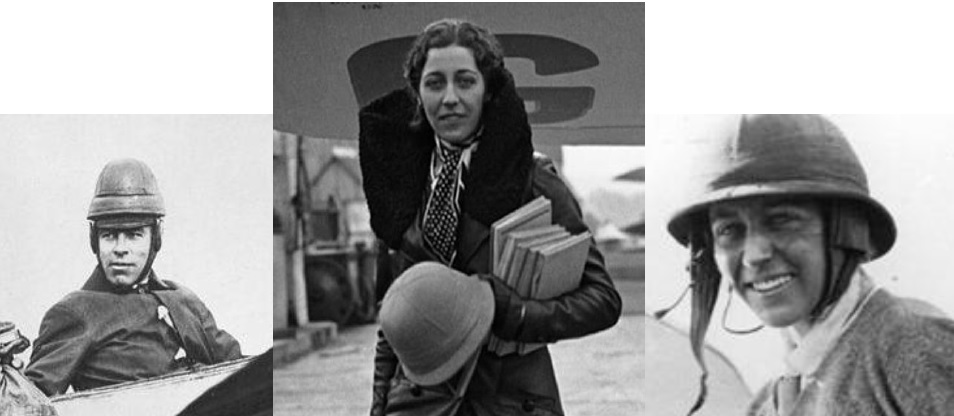 Discussed here are two types of ‘Flying Sun Helmet’; first, a type of cork crash helmet, which used Colonial Helmet construction methods, but whose primary function was protection from impacts rather than the sun, and secondly a true hybrid sun helmet, whose inception was to protect against the sun whilst flying in exposed cockpits in areas where such hats were traditionally used.
Discussed here are two types of ‘Flying Sun Helmet’; first, a type of cork crash helmet, which used Colonial Helmet construction methods, but whose primary function was protection from impacts rather than the sun, and secondly a true hybrid sun helmet, whose inception was to protect against the sun whilst flying in exposed cockpits in areas where such hats were traditionally used.
Although the early 1920s to early 1940s ‘Cork Helmet-Aviation’ (a.k.a., ‘RAF Type-A Flying helmet’ or ‘East of Malta Helmet’) is the best known aviator’s sun helmet, with various examples having been covered on this site by Peter Suciu and Roland Gruschka (Refs. 1 & 2), some earlier flying helmets also owe their origins or construction methods to military sun helmets. Continue reading
The Dutch-South African Helmet Connection
For years there has been an argument over the so-called “Polo” style helmet that was captured by German forces and used in the early stages of the campaign in North Africa. This writer actually tried to debunk that these were captured “Dutch” helmets, after a number of sources over the years suggested otherwise.
My argument had been that the Dutch had no African colonies so how could the German military have captured helmets intended for the Dutch Army? Continue reading
The Canadian Pressed Fiber Helmet of World War II
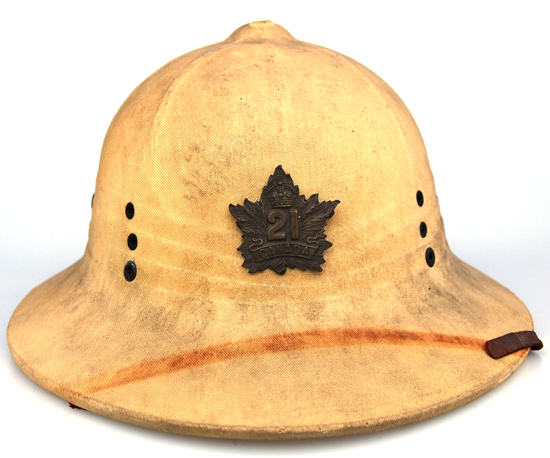
A Canadian World War II era pressed fiber helmet. While it was against regulations many regiments issued these helmets with cap badges. This example features a 21st Battalion, Canadian Expeditionary Corps cap badge. (Collection of the Author)
While little has been written about the American pressed fiber sun helmet, even less has been written about the versions used by Canada. According to our friend and colleague Clive Law the Canadian Army acquired the “fibre” helmets prior to the outbreak of the Second World War for summer training as a substitute for the more expensive and fragile Wolseley helmet.
The Fly Girls of the British Empire
Sometimes, research leads to unexpected results. This was the case while trying to find some more photographic evidence for the use of the “Helmet, Cork, Aviation”. Peter Suciu has already written about the two different types of this interwar period Royal Air Force equipment (here) but obviously the helmet was not only used by His Majesty´s Forces but was also popular with civilian users.
The South African Soldier (Circa 1940) Recreated
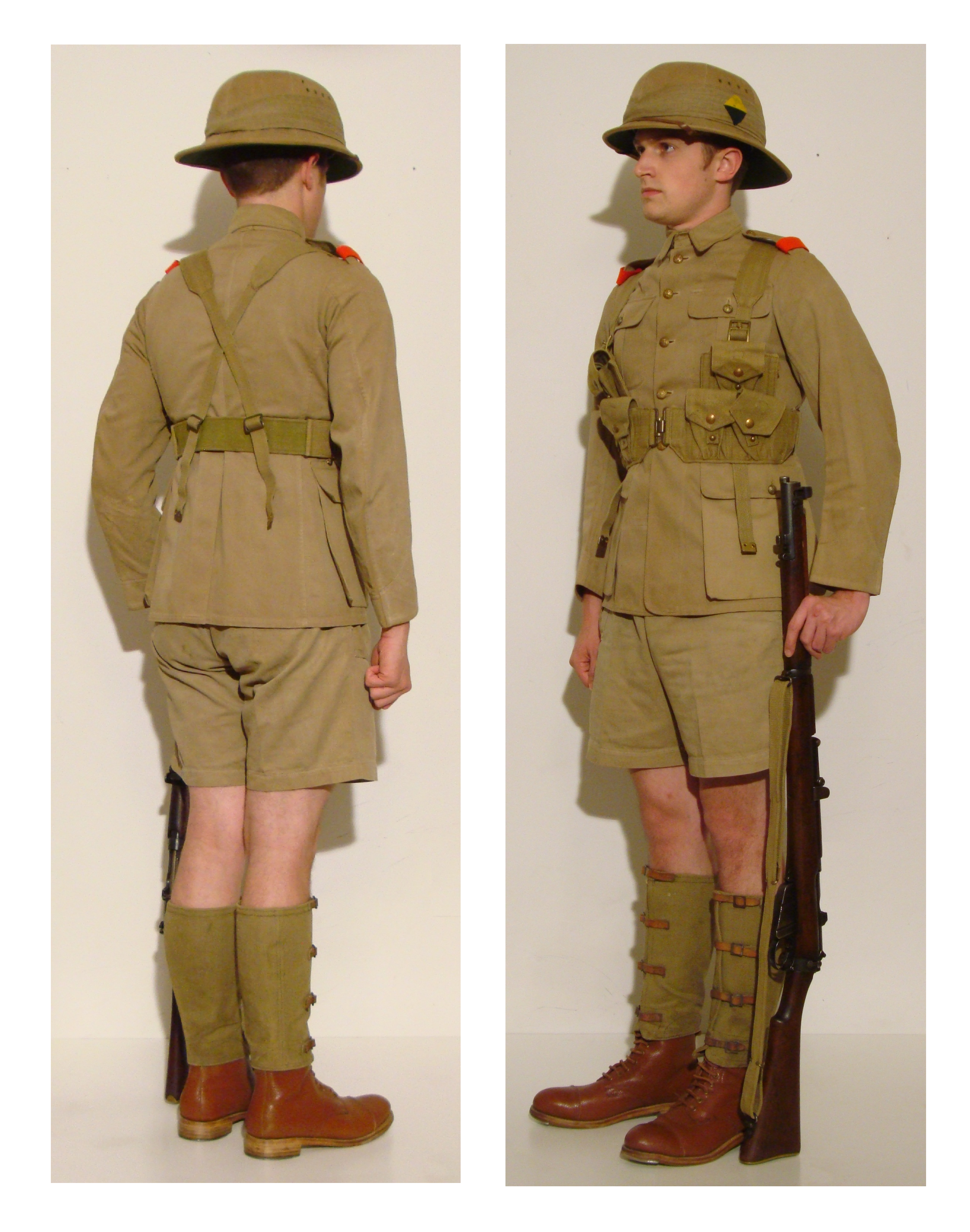 The Union of South Africa’s entry into the Second World War in 1939 caused much controversy among its divided population, and in particular among Afrikaaners. This was in large part due to General Smuts’ defeat of Prime Minister Hertzog’s call for South African neutrality in parliament.
The Union of South Africa’s entry into the Second World War in 1939 caused much controversy among its divided population, and in particular among Afrikaaners. This was in large part due to General Smuts’ defeat of Prime Minister Hertzog’s call for South African neutrality in parliament.
Given the tense climate, Smuts did not introduce conscription to fill the ranks of South Africa’s military, the Union Defence Force, but instead relied on volunteers. The South African Defence Act also prevented this force from serving outside the borders of the Union. To circumvent this limitation, UDF volunteers took an oath to serve anywhere in Africa which entitled them to wear orange/red strips known as ‘red tabs.’ 1,2
Pith Helmet with Radiator Grill
In 1899, London hat maker Walter Barnard of Jermyn Street, St. James’s, patented a fashionable helmet with a metal grill between sweatband and hat to allow ventilation. Here is an example of this helmet and later a variation whose ventilation strip was produced in rubber. Continue reading

